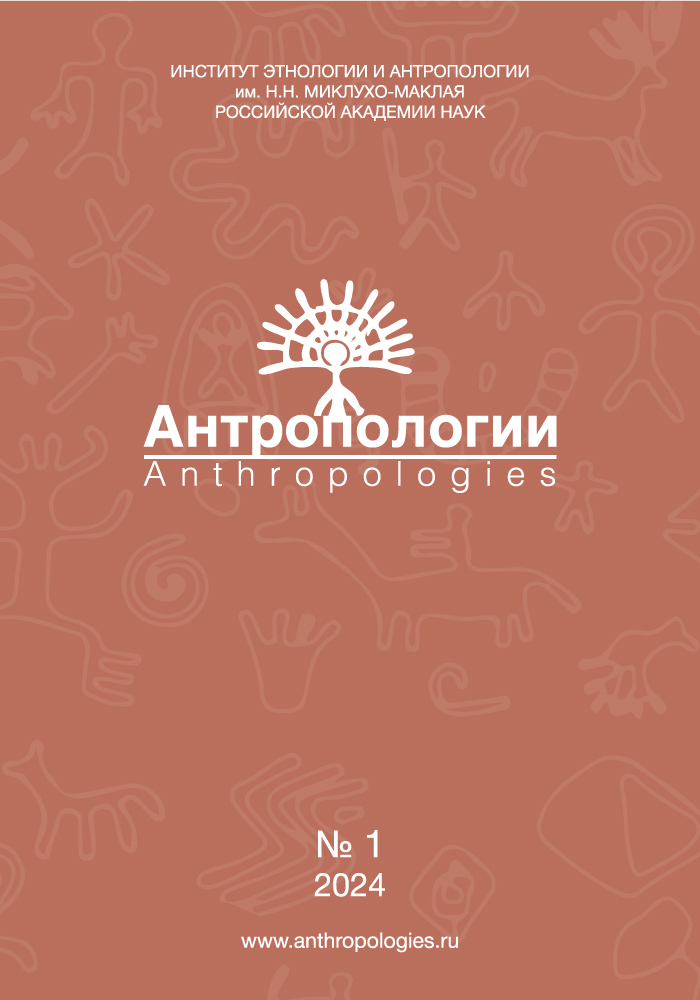Сакральный ландшафт: нарративные и символические репрезентации в мифогеографии народа саха
DOI:
https://doi.org/10.33876/2782-3423/2024-1/47-63Ключевые слова:
ландшафт и культура, пространственные представления, освоенное пространство, свое и чужое, сакральный ландшафтАннотация
В статье рассматриваются семиотико-мифологические интерпретации ценностно-смысловых значений природных объектов и конструирование сакрального ландшафта в мифогеографии народа саха (якутов) в рамках символической антропологии. Геокультурный подход позволил раскрыть оригинальные модели воображения пространства, связанные прежде всего с идеей включенности в структуру ландшафта не только артефактов материальной, но и феноменов духовной культуры, поскольку, обустраивая жизненное пространство, люди наделяют его символическими значениями. Таким образом происходит освоение пространства как в утилитарном, так и в символическом контексте (по В.Л. Каганскому). Действительно, этносы адаптируются к природной среде, формируя, как правило, сложнейшую систему духовных связей с природой — своеобразную в каждом регионе, что и является одной из важных стратегий освоения пространства. В соответствии с данной концепцией выявлено, что именно сотворчество человека и природы определило формирование сакрального ландшафта «ытык сир».



